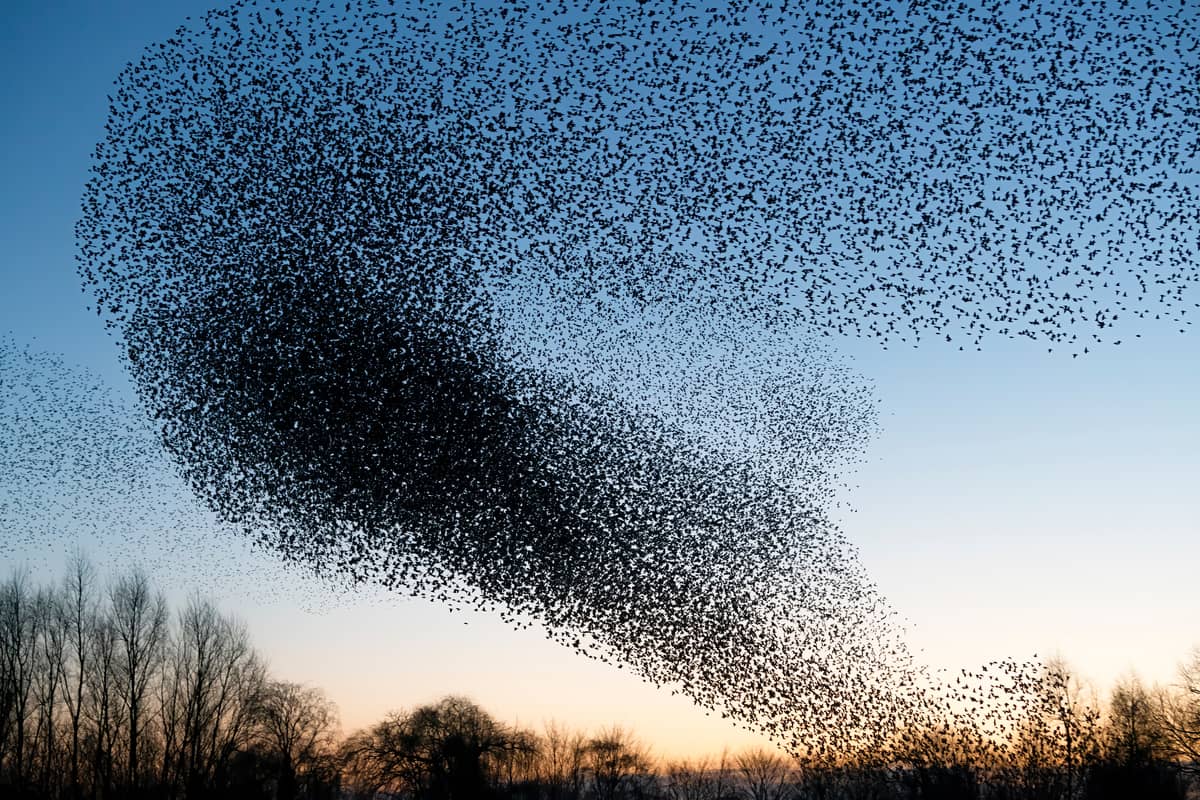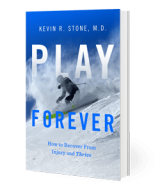Translators Wanted for The Language of Life
Watch birds flying in a flock. Wordlessly they glide, draft, and rise, following a changing leader every few minutes. Watch flowers tilt toward you as you water them. Observe forests that signal danger to the trees within them when fire strikes at their periphery. Similarly, there are secret languages spoken within our bodies, in millions of ways each second. Here are a few that we are trying to decipher.

Mushrooms communicate. Their “mycelium network” may be the largest Internet on the planet, with trillions of connected tissues beneath every forest. A stimulus in one part of the fungal organism is discernable miles away.
Bacteria clearly communicate. This is called quorum sensing. It is seen when a signal causes a population of bacteria to take protective action. This can mean expressing one gene or suppressing another, forming a biofilm on an implant in which to hide from antibiotics, and detecting population its own density—thereby regulating its numbers for its own survival advantage.
Viruses communicate and mutate, producing optimal environments for themselves—and sometimes fatal effects for their hosts. Though this communication can be destructive, it is also used by researchers to deliver vaccines, chemotherapy, and targeted DNA and RNA to specific cells for therapeutic benefit.
Cells communicate. When they are injured, specific factors are released. These factors not only start the local repair process; they also recruit the body’s other repair cells—often derived from stem cells—to migrate to the site of injury. Those stem cell-derived progenitor cells are often called “professorial” cells as they teach, regulate, and stimulate the local cells and tissues to clear away debris and produce new repair tissue.
Tissues communicate. When they are stretched, nerve fibers within tissues send signals to the brain to sense both pain and the position of the tissues. This induces other nerves and muscles to fire which protects the stretching tissue from tearing. But the nerves are not the only communication devices. Individual tissues—including the meniscus cartilage in the joint, the articular cartilage, and the ligaments—also have unique local stem cells. Like those called into action after an injury, these localized stem cells are constantly monitoring the environment around them, sensing when and where to release modulating factors.
Bones communicate with the outside world. Oscillating frequencies cause bones to form more bone. Sound currents, magnetics fields, and ultrasound have all been used successfully to stimulate bone formation. Each person has a unique bone resonance which researchers have recorded though not yet fully deciphered.
Deciphering the communications surrounding us—between dogs, cats, birds, insects, the plants and trees protecting us, and all the microorganisms chatting away within us—is an amazing frontier in scientific exploration. Translators are urgently needed.

